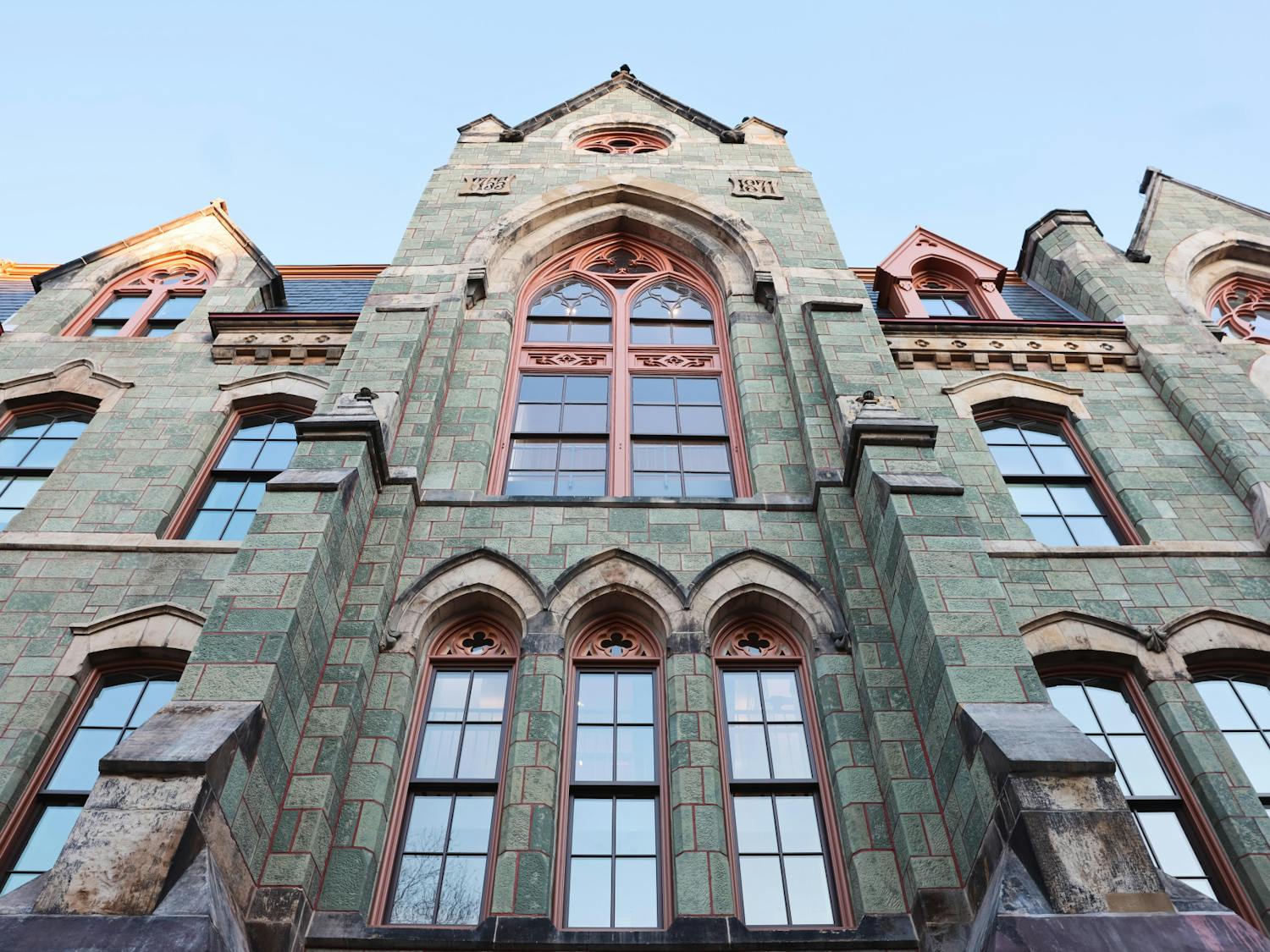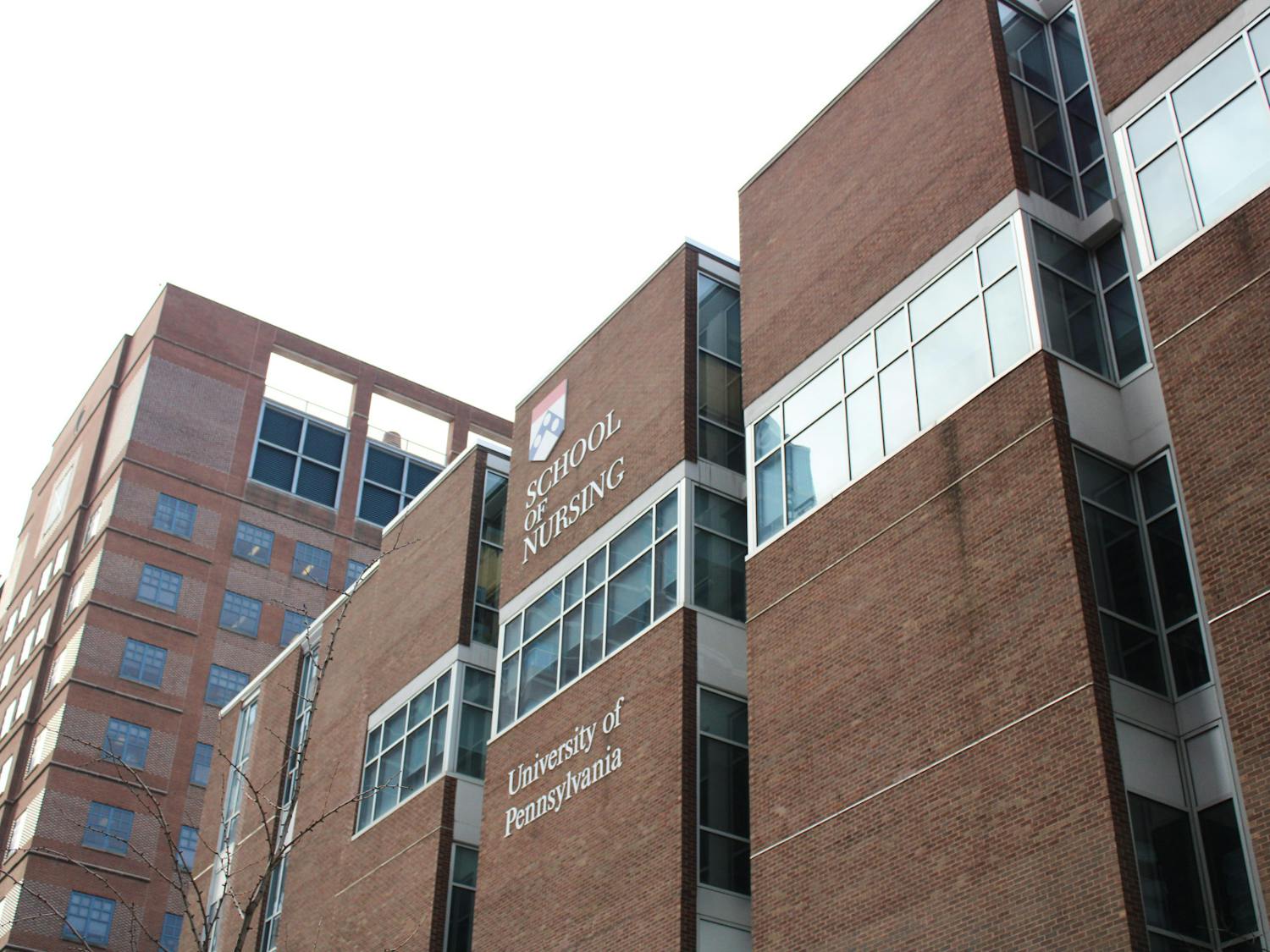There is no short supply of women at the Wharton School today, but this was not always the case.
In fact, up until 1954, women weren’t even admitted into Wharton — despite the notable example of Frances Perkins, who attended Wharton from 1918 to 1919.
Perkins studied sociology and economics and later went on to become the first female Cabinet member of the President of the United States under Franklin Delano Roosevelt.
She was allowed to study at Wharton because of her role as secretary for the Philadelphia Research and Protective Association, a philanthropic group devoted to helping women find work and lodging.
As Secretary of Labor, she helped institute reforms on women’s work conditions, in addition to aiding in the establishment of child labor laws and worker’s compensation.
Atthena Breitton, a 2008 Wharton graduate, finds Perkins’ story to be inspiring, though she is upset that women were not permitted to officially enroll at Wharton until decades after Perkins attended. She attributes this to society’s prejudice and its influence on women.
“I’m sure at that time, she was an incredible anomaly to even think about studying business or going to Wharton because who knows if women were even interested in business back then,” Breitton said.
Women had also made strides at Wharton as administrators before they were admitted. Anne Bezanson, a professor at Wharton in 1921, co-founded the Industrial Research Department — the first business school research center in the country.
The class of 1954, in which women were finally allowed to officially enroll, contained only 15 women.
Breitton was surprised upon learning this as an undergraduate, though she believes it must be kept in the perspective of Wharton’s age in relation to that of Penn. Wharton was established in 1881, while the University was founded in 1740.
“Given how young Wharton is, it probably started out with a certain mindset that it was only for men,” she said. “I guess it was built on this.”
Wharton was the last school on campus to admit women. The earliest women were admitted to Penn in the late 19th century.
Since that time, the number of women at Wharton has grown to near 40 percent.
Last month, Wharton Women held a gala celebrating the belated 50th anniversary of women at Wharton. In addition to a museum exhibit documenting the history of women at Wharton, a panel of alumnae including a member of the first class of women discussed their experiences at the business school.
Alice Lee, a Wharton senior and vice president of alumnae relations at Wharton Women, sees discrimination in the workforce — but not at Wharton — as a problem.
“I feel like Wharton has come a long way since 1954, and as our class and all the Wharton classes continue to graduate, we should definitely begin to see changes in the work place,” she said.
Wharton senior Lauren Fleischer, president of Wharton Women, shares this sentiment and believes Wharton Women addresses the issue directly.
“The mission of Wharton Women is to empower women in their transition to the work force, and we do so by connecting students, alumnae, faculty and professionals,” she said.
This unity among women is something Fleischer found especially inspiring when conducting research for the 50th anniversary gala.
“Many times before they had a formal club they did a lot of things and banded together,” she said. “Even before the club Wharton Women was founded, there was a huge community of women at Wharton,” she said.








